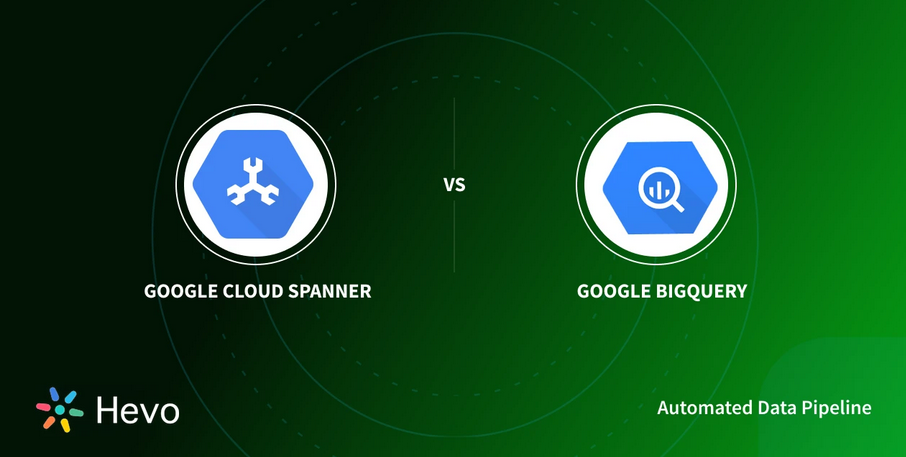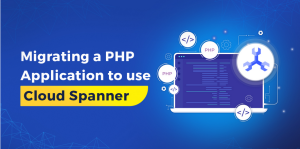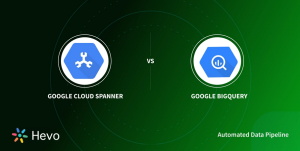
In Chapter 13, I touched on the four golden signals of monitoring: saturation, latency, traffic, and errors. In this chapter, you can use those to help scale and secure applications.
As the amount of traffic increases, you would expect resources to become more saturated and latency to increase. If you are not careful, this can lead to errors and even downtime. You can use the golden signals to help scale your applications to meet the demands of your users.
So far, you have used a core of services from Google Cloud to build services. However, as the demands on your services increase, there are other options; in this chapter, you will be introduced to some of these and the circumstances in which employing them would make sense.
Note
The code for this chapter is in the scaling folder of the GitHub repository.
Skill Service with Memorystore
At the moment, the skill service retrieves Stack Overflow tags from a storage bucket and holds them in memory in the service. This is fine for what is a relatively small number of tags, but as the number of tags increases, the memory requirements will increase to where it is no longer practical to fit in the memory of a single Cloud Run instance. You can use a database to store the tags and retrieve them on demand. This will allow you to scale the service horizontally and add more instances as the number of tags increases, only retrieving the tags when they are needed.
This would be a good case for Cloud Memorystore. Cloud Memorystore is a managed Redis service. Redis is an in-memory data structure store used as a database, cache, and message broker. Redis has built-in replication, transactions, and different levels of on-disk persistence and would be ideal for storing a large amount of simple data. However, the number of tags is unlikely to increase significantly, and in this case, it would be overkill. It is a good principle to only introduce the complexity of a new technology when a limitation of the current technology is likely to be reached.
Google Cloud has many more services than can be covered in this book that only start making sense at scale. Studying for the Google Professional Solutions Architect (discussed in this chapter) is a good way of learning about most of them and, more importantly, their use cases. For now, this chapter will look at how you can scale the fact service with two of Google Cloud’s flagship services, GKE Autopilot and Spanner.



